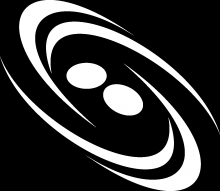
Abstract
The Mock LISA Data Challenges are a programme to demonstrate and encourage the development of LISA data-analysis capabilities, tools and techniques. At the time of this workshop, three rounds of challenges had been completed, and the next was about to start. In this paper we provide a critical analysis of the entries to the latest completed round, Challenge 1B. The entries confirm the consolidation of a range of data-analysis techniques for galactic and massive-black-hole binaries, and they include the first convincing examples of detection and parameter estimation of extreme-mass-ratio inspiral sources. In this paper we also introduce the next round, Challenge 3. Its data sets feature more realistic waveform models (e.g., galactic binaries may now chirp, and massive-black-hole binaries may precess due to spin interactions), as well as new source classes (bursts from cosmic strings, isotropic stochastic backgrounds) and more complicated nonsymmetric instrument noise.